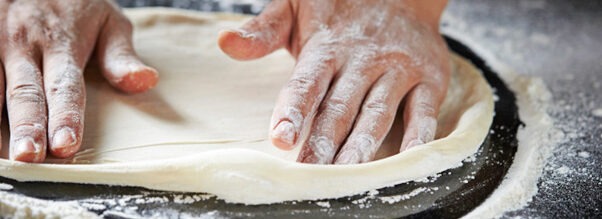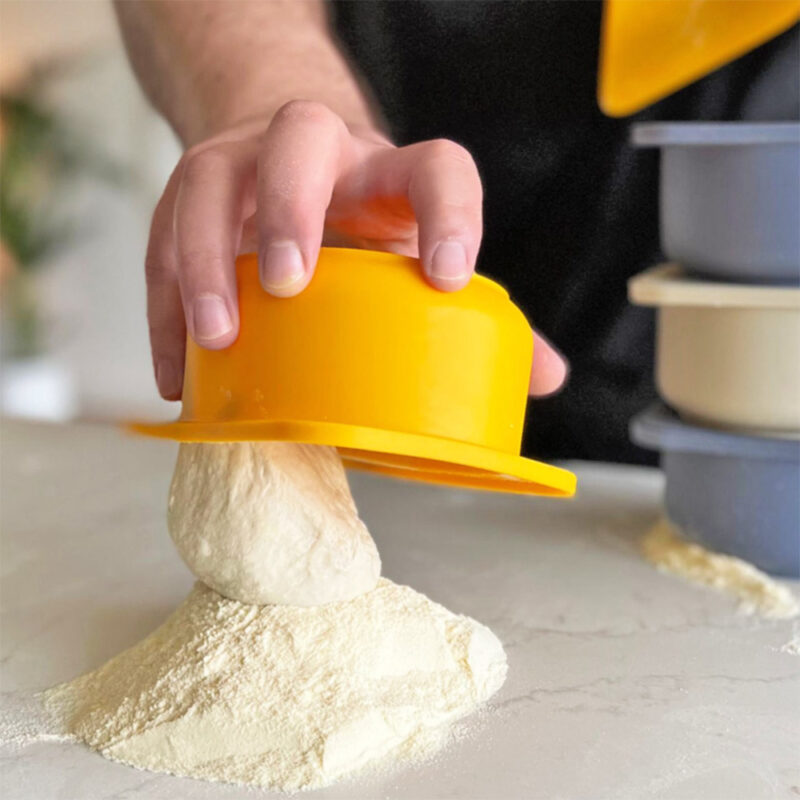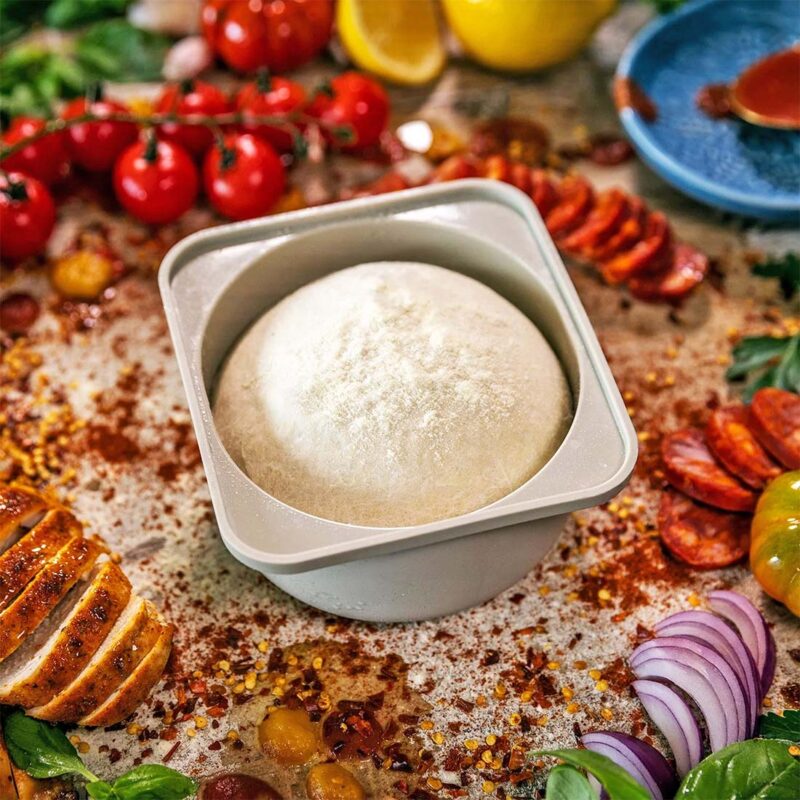Pizza Ovens, Tips & tricks!, What to cook
Torn & Dried Out Pizza Dough – Don’t Throw It!
Nothing quite lives up to the taste of wood fired pizza, especially when you’ve painstakingly made the dough yourself. However, what happens when your culinary masterpiece doesn’t quite go according to plan? Horror of horrors, the dough you’ve lovingly kneaded and proved has either torn or dried out! Before you reach for the bin, hold on! In this blog post, we’re about to unveil the secrets of rescuing your precious pizza dough, whether it’s been torn in the shaping process or left uncovered for too long and dried out.
We’ll give you some top tips for how to salvage your dough, address the mishaps of torn pizza dough, and discover ingenious ways to breathe life back into dried-out pizza dough as well. Let’s dive in!

Torn Dough
Why Does Dough Tear?
Let’s tackle torn dough first. Once you’ve kneaded your dough and let it prove the next stage is to divide the dough and stretch it into pizza bases. This is where your dough is most vulnerable to tearing. The primary reason for tearing is insufficient gluten development during the kneading process, resulting in a weak and fragile structure. Alternatively, overworking the dough can make it too tough and prone to tearing.
What Can You Do to Fix It?
Thankfully, torn dough isn’t the end of the world, it can often be either fixed or patched up. If you’re finding the dough is tearing easily when you’re stretching it and it’s hard to work with, your best option might be to knead the dough and prove again. This option is a slow solution though, as the proving process can then take a few hours.
If, however the makeup of the dough feels fine, but it’s torn while shaping into the base, you can use a patching technique whereby you take a small amount of dough from another doughball, and stretch it over the tear and press it down with the palm of your hand. Alternatively, you can pinch the dough with you finger and thumb, lift dough from near the tear and stretch over the tear, then press down. This will repair you tear and no one will know!
Dried Out Dough
Pizza dough can dry out if left uncovered for even a few minutes. This can be during the proving process or after you’ve shaped it into individual dough balls. As a general rule it’s best practice to cover your dough with either clingfilm (so it’s touching the dough), or a slightly damp tea towel while it’s proofing. You can also use a dough proofing container with a lid which is specially designed to prevent the dough from drying out. Once you’ve shaped your dough into individual balls, you can use individual proofing containers like the one below.
TOP TIP – you can also spread a small amount of Olive Oil over the dough ball to ensure it does not dry out and form a crust.
What Can You Do to Fix It?
So, you’ve come to your first proof dough and found a thin, hard skin over the top of it. Don’t worry, this is a fairly easy fix. Simply wet your fingers with water and rub the water into the surface of the dough. Then cover again with clingfilm or a damp tea towel and leave for 15 minutes to ‘refresh’. Then you can simply knead a few times and let it rest for around 30 minutes before balling.
If your dough has dried out at the second proof stage while in individual balls, again sprinkle some water over the top of the ball and rub in. Leave to refresh for 15 minutes then you should be good to go and shape your dough.


How long can pizza dough sit out before cooking?
In practice, it’s essential to avoid leaving pizza dough exposed to the air for any time at all. Uncovering the dough is acceptable only during the shaping stage of the pizza-making process. While the dough is undergoing the proofing phase, it is advisable to keep it in a container with an airtight seal. If such a container is unavailable, an alternative is to use a bowl or dish covered securely with cling film or a slightly dampened tea towel.
Conclusion
It’s important to consider that making the mistakes above is all part of the joy of making homemade pizza. Once you’ve made these mistakes, your unlikely to make them again as you’ll know exactly what you did wrong. The point is you’ve been brave enough to try making your own dough, and you’ll be royally rewarded for it in the long run, as it tastes so much better than shop bought alternatives.
We hope you found this article useful, and if you happened to find it after making any of these mistakes and were in need of an emergency fix to save your pizza party, we hope you managed to fix them and enjoy some homemade, would fired pizza in your Igneus Pizza Oven!
Thanks for reading,
Team Igneus!
We know it can be hard choosing a pizza oven, our team can help you choose the right one for your needs. You can get in touch by calling us on 01423 575885
Shop now
